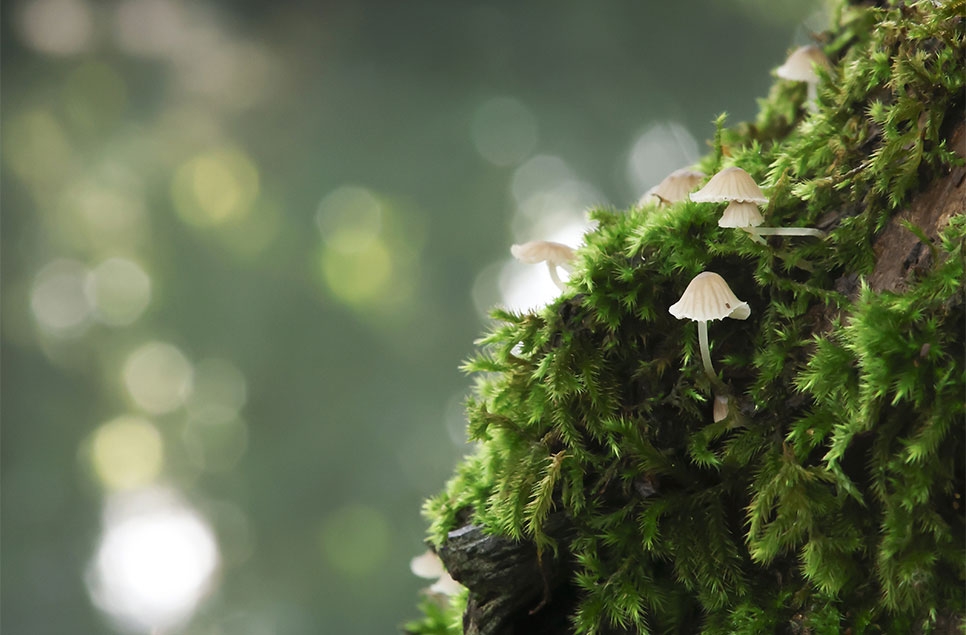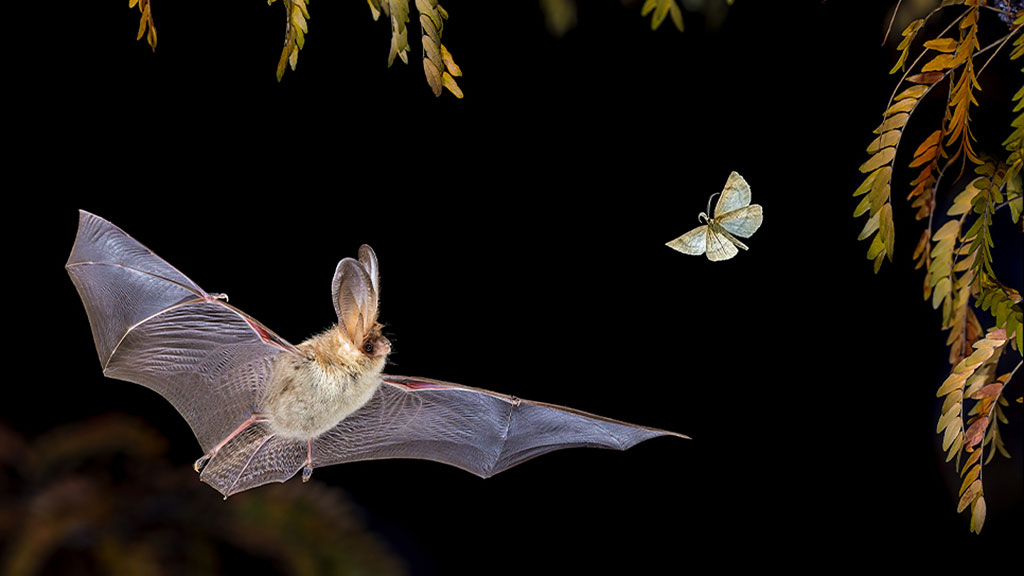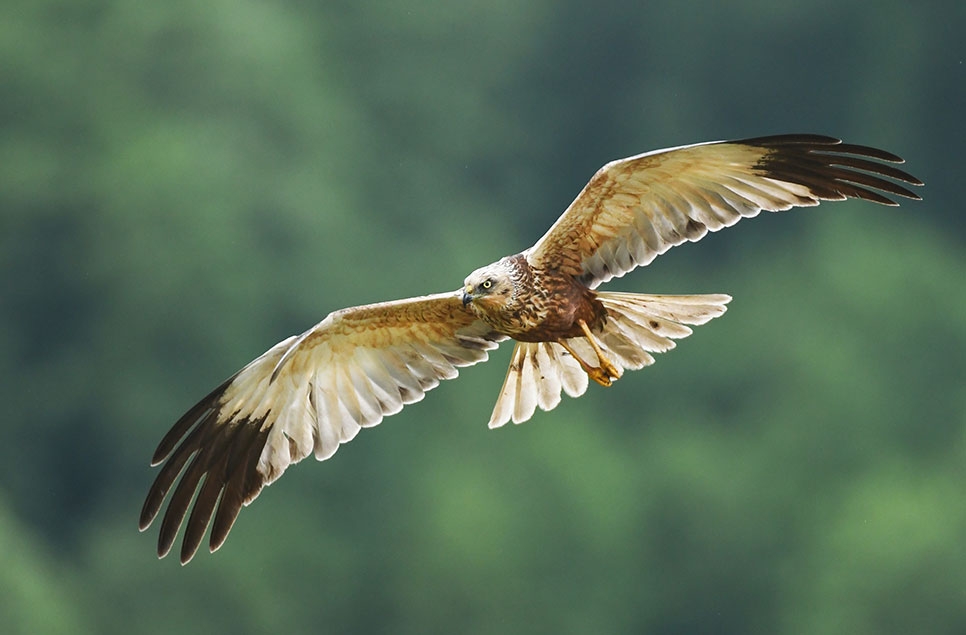Why do geese fly in V-formation? The science behind the sky's most iconic shape
Every autumn and spring, our skies fill with long V-shaped lines of honking geese heading to warmer or cooler climates. It's one of the most familiar and mesmerising sights in nature. But have you ever stopped to wonder: why do geese fly in a V-formation? What deeper purpose does this precision flying pattern serve?
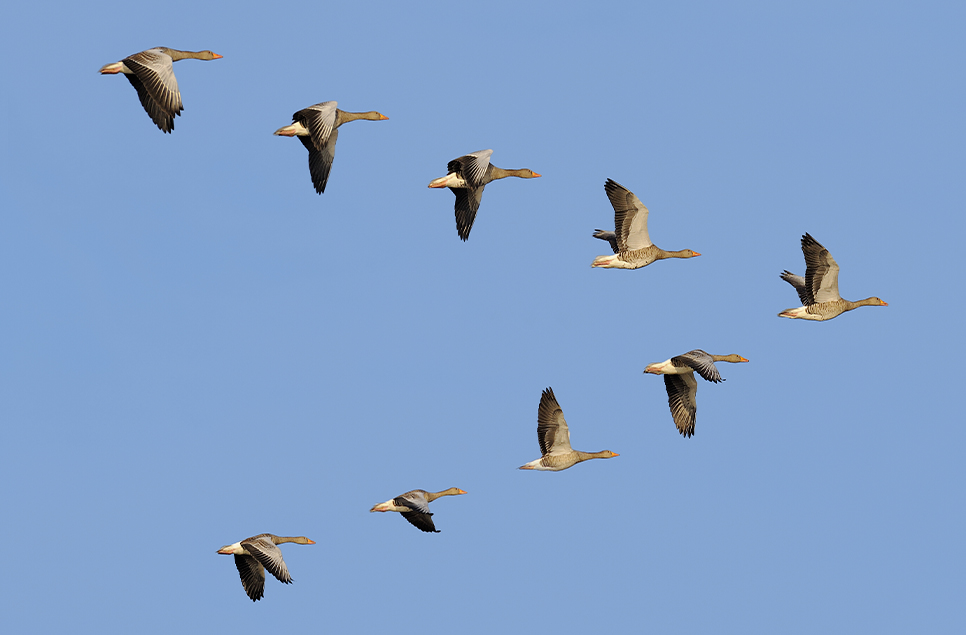
Let’s explore the fascinating mechanics, biology, and behaviour behind this incredible migration strategy.
The V-formation: nature’s aerodynamic masterpiece
The V-formation (also known as an echelon) is a flight pattern where birds, typically large migratory species like geese and swans, fly in a V shape, with one bird at the front and others following in staggered positions on either side.
Energy efficiency through aerodynamics
This is the primary reason geese fly in a V: to save energy. Each bird generates a wake of air behind and beneath its wings, similar to a small vortex. A following bird flies about a metre behind and to the side, positioning itself just outside this vortex, gaining upward lift from the air currents created by the bird in front. This aerodynamic trick reduces air resistance and makes flying easier, like drafting in cycling or car racing.
In 2001 scientists fitted pelicans with heart-rate monitors and showed that birds flying at the back of a V-formation had lower heart rates and so were using less energy. It’s thought that flying in a V like this, can increase the range of large migrating birds like geese by up to 70% compared to flying solo.
Rotating leaders prevent fatigue
The goose at the front doesn’t get any aerodynamic benefit and must work the hardest. That’s why geese take turns leading the V-formation. When the lead goose gets tired , it drops back into a trailing position, and another goose takes over. This cooperative leadership ensures the flock maintains maximum efficiency for long migratory journeys. A bit like the role of the peloton in long distance cycling races like the Tour De France.
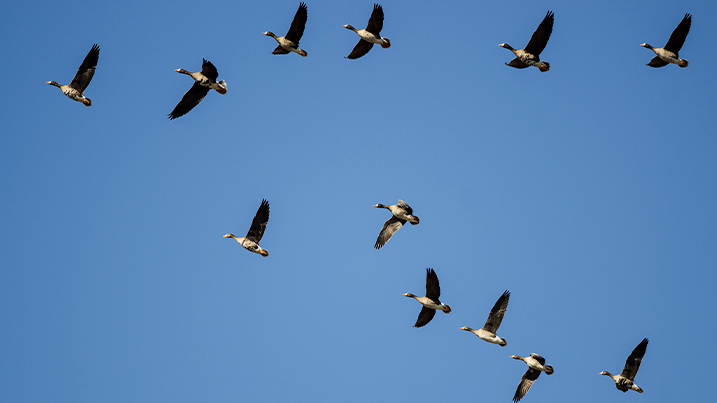 Russian white-fronted geese
Russian white-fronted geese
But studies show that leadership positions may not be shared equally among all birds flying in the V-formation. Studies of geese flying in small family groups have shown that typically the more experienced flyers tend to take the lead. Because young birds can be more strongly affected by the strenuous migration and are less experienced flyers, it’s thought it might be more essential for them to save energy by following and relying on the guidance of a leading parent.
Why do geese honk when flying?
Geese make honking sounds to maintain contact with each other. Research into Canada geese has estimated that their repertoire includes 13 different calls for adults and they are most vocal during flight, with more socially dominant individuals observed to be far more vocal than submissive members of the flock. This is especially important when they are flying in formation. The honking helps each goose communicate its position and co-ordinate with the other geese in the V when they shift position. Even though the honking uses energy, it’s outweighed by the energy the flock save from the formation flight.
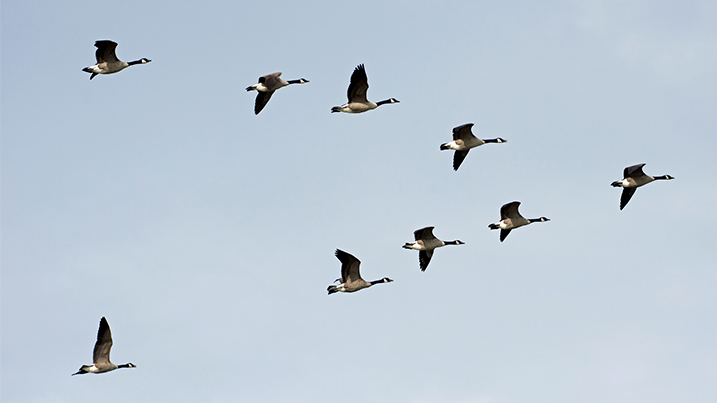 Canada geese
Canada geese
Navigational accuracy and visual cues
Flying in a V allows each goose to keep an eye on the others and maintain alignment and direction. It also enables younger birds to follow more experienced leaders during long migrations. Younger geese learn migratory routes by following their parents. It’s a form of inherited and learned behaviour that guides them across continents year after year.
Is the V-formation hardwired or learned?
There’s evidence that while the instinct to migrate is partially innate, flying in a perfect V-formation is largely learned behaviour. Young geese watch and mimic adults during their first migration, gradually perfecting their timing, spacing, and coordination.
Why is one side of the V often longer than the other?
It’s believed that the reason for this is due to wind direction. Usually, geese won’t fly directly into the wind. So there will be slightly more benefit to the lift generated by the leading bird on one side than the other. The longer tail will usually be on the side providing a greater lift.
Ready to witness nature’s flight magic in person?
This autumn, head to your nearest WWT wetland centre and look to the skies. With geese on the move and wetlands alive with seasonal change, it’s the perfect time to experience nature’s grand migration show up close.
Plan your visit
